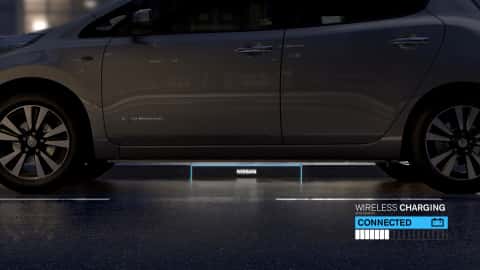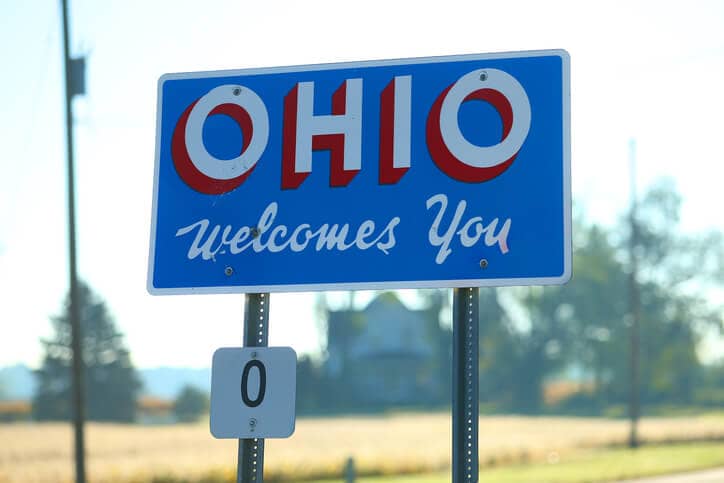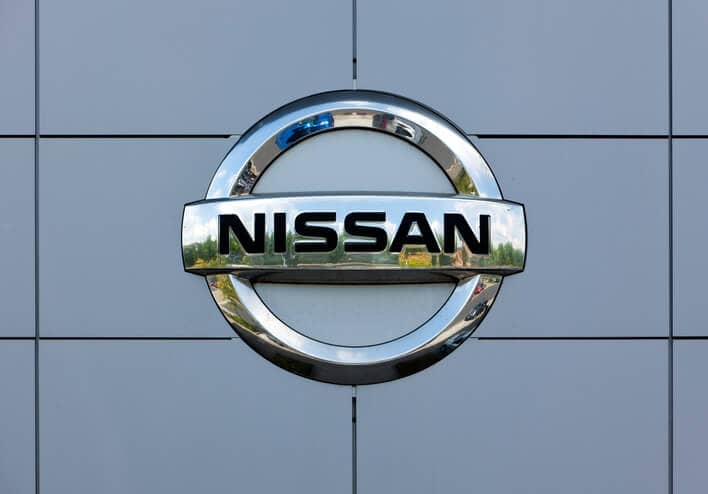Nissan has revealed its fully connected vision of the future of mobility in association with renowned architects Foster + Partners.
The partnership between the manufacturers of the world’s best-selling electric vehicle and the leading design studio concluded that the fuel station of the future could actually be the car itself. The design study is being previewed at this year’s 86th International Motor Show in Geneva.
Illustrated in this two-minute video featuring both the best-selling Nissan LEAF and the IDS Concept, Nissan’s concept explores how our way of living might change as technology develops.
The collaboration, which concludes a 12-month partnership, offers a snapshot of what’s to come from Nissan’s vision for Intelligent Mobility: a world in which cars interact with their environment as populations adopt zero-emission, autonomous vehicle technologies.
“Technology holds many of the answers for the challenges we face in our cities today,” says Paul Willcox, chairman of Nissan Europe. “However, the true power comes when those technologies are integrated with each other and the world around us.”
Incorporating a range of pioneering Nissan technologies, the vision hints at how vehicle-to-grid, battery storage, wireless charging, autonomous drive technology and over-the-air connectivity could combine to revolutionize how energy is used and distributed across Europe’s major cities.
The need for a sustainable and innovative refueling network is becoming vital as the market shifts toward alternative sources, such as electric power.
Today, more than half (54%) of the world’s population lives in cities, and by 2050, seven out of every 10 people will live in urban areas, so it is imperative that the infrastructure exists to support this growth.
Nissan is currently testing a vehicle-to-grid system in Europe that, when coupled with advances in its second-life batteries, will allow drivers to operate as individual “energy hubs” that are able to store, use or return clean energy to the grid.







